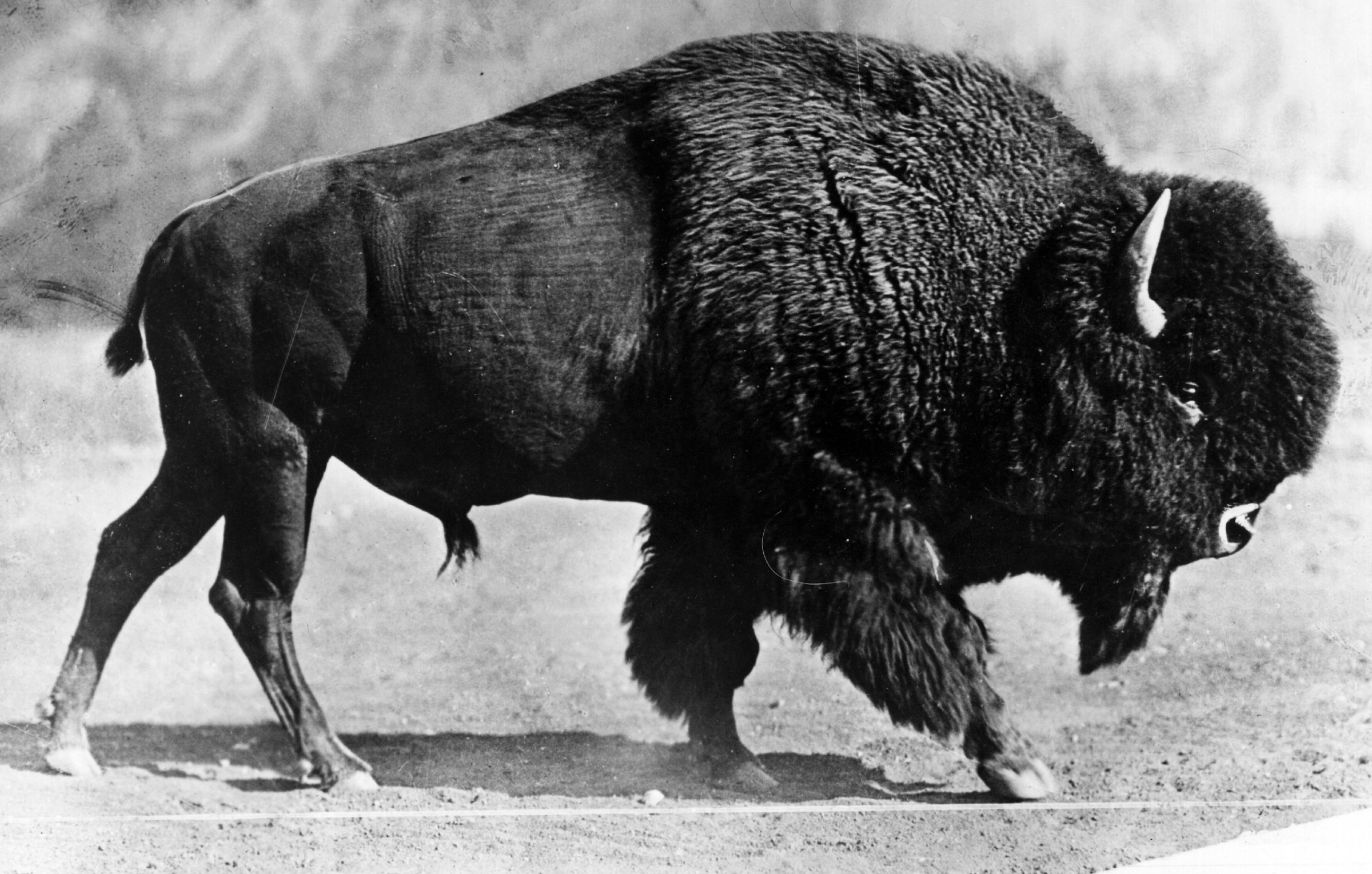
The President signed the National Bison Legacy Act into law on Monday, making bison the country’s first national mammal. The animal is already a state symbol of Oklahoma, Kansas and Wyoming, and appears on the Wyo. and Kan. state flags.
Get your history fix in one place: sign up for the weekly TIME History newsletter
The law is the culmination of a four-year push by a coalition of more than 60 organizations, businesses, Native American tribes and wildlife advocates who hope that the recognition will help preserve the species in the future — despite bison almost going extinct at the turn of the 20th century. Experts believe the number of bison dropped from roughly 30 million bison in the 16th century to less than 1,000 by the late 19th century, due to a combination of environmental problems and economic demand for their hides, which drove overhunting. A national effort to reverse trend helped ferry the remaining ones to protected areas, and by the mid-20th century, the species had started to make a comeback.
MORE: Jared Leto: The Bison’s Comeback Is an American Epic
While roaming through this gallery of bison roaming, keep in mind that these are technically bison not buffalo—though Americans tend to use the terms interchangeably—because they have shorter horns and shoulder humps.
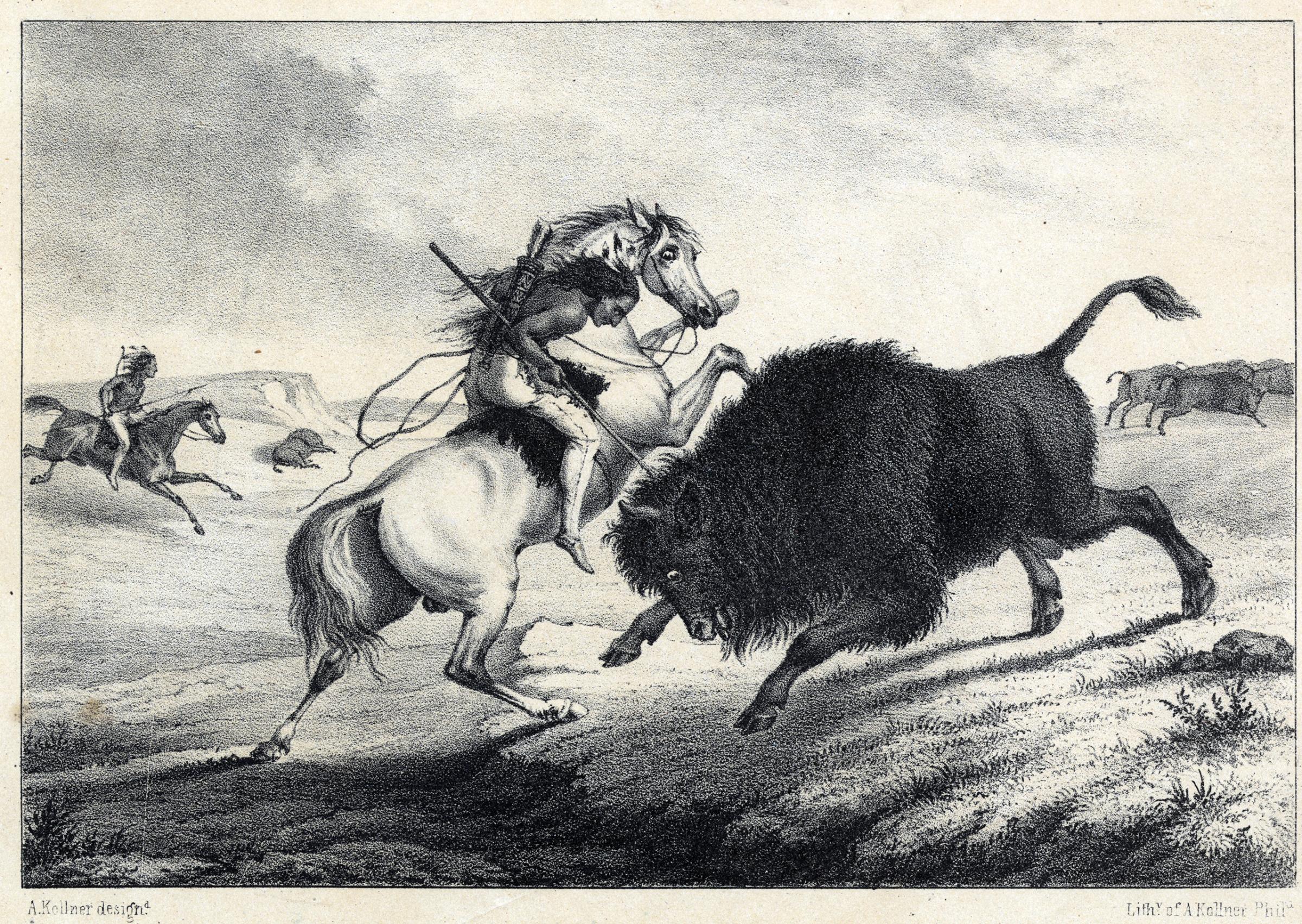
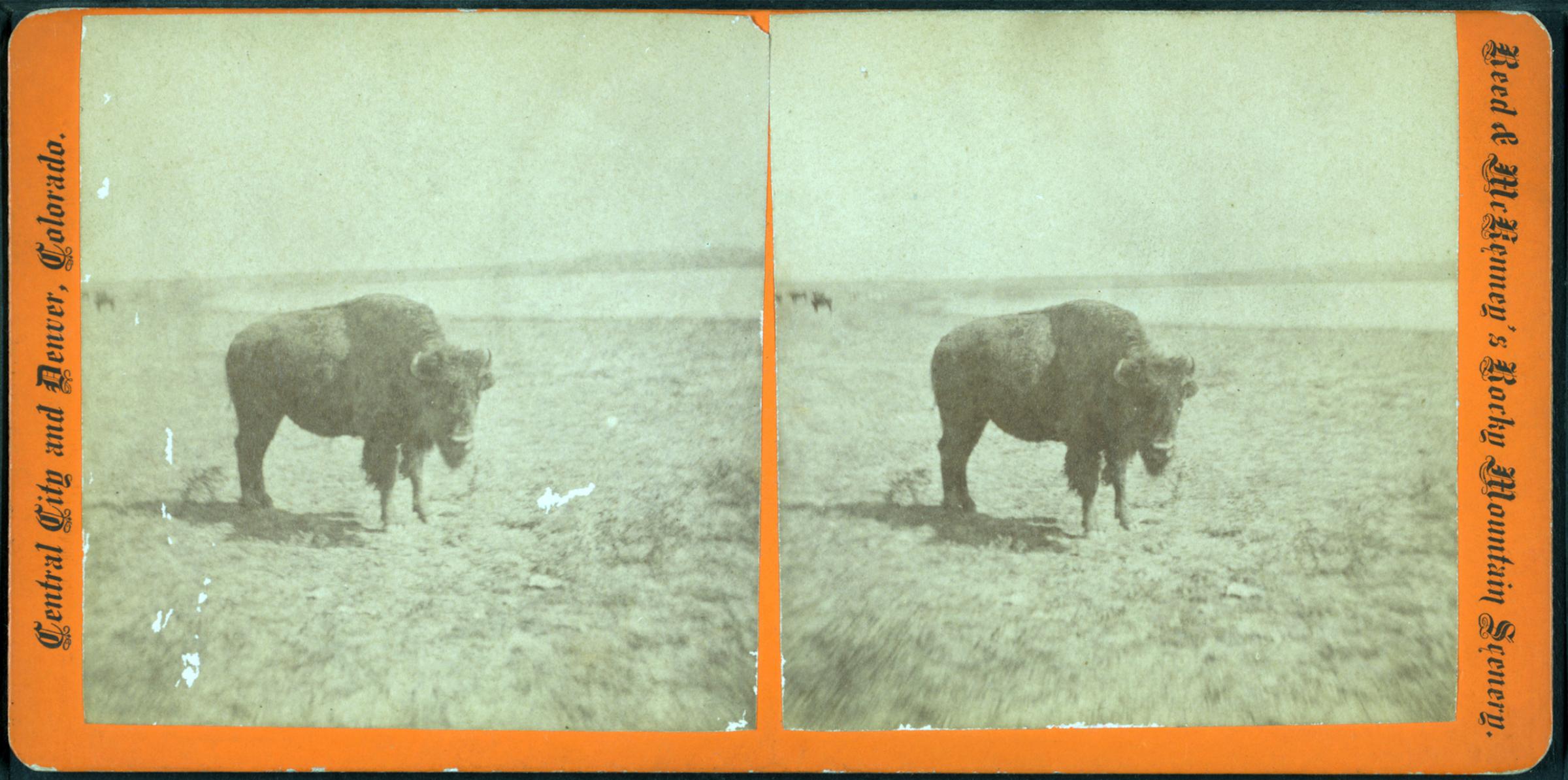
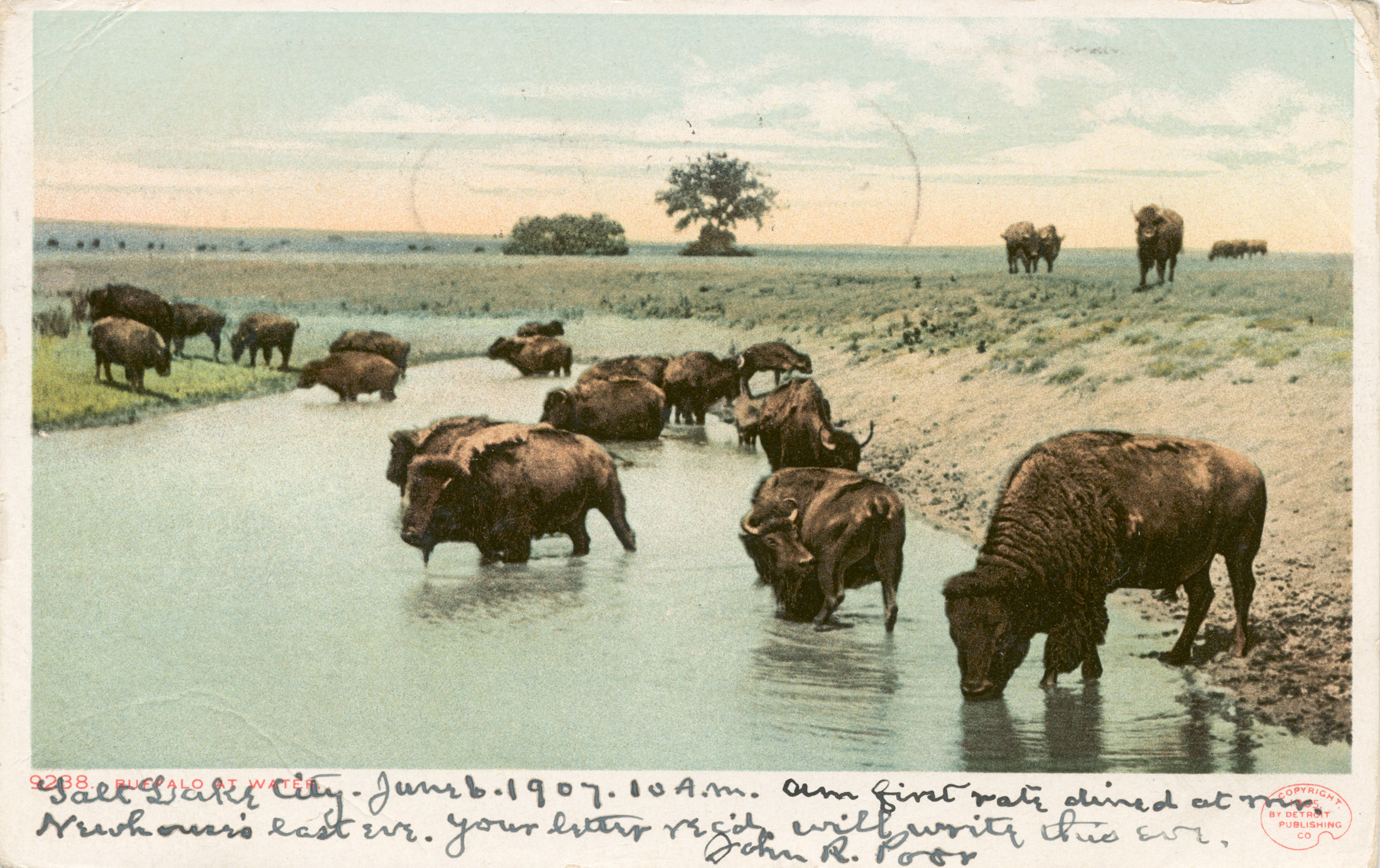
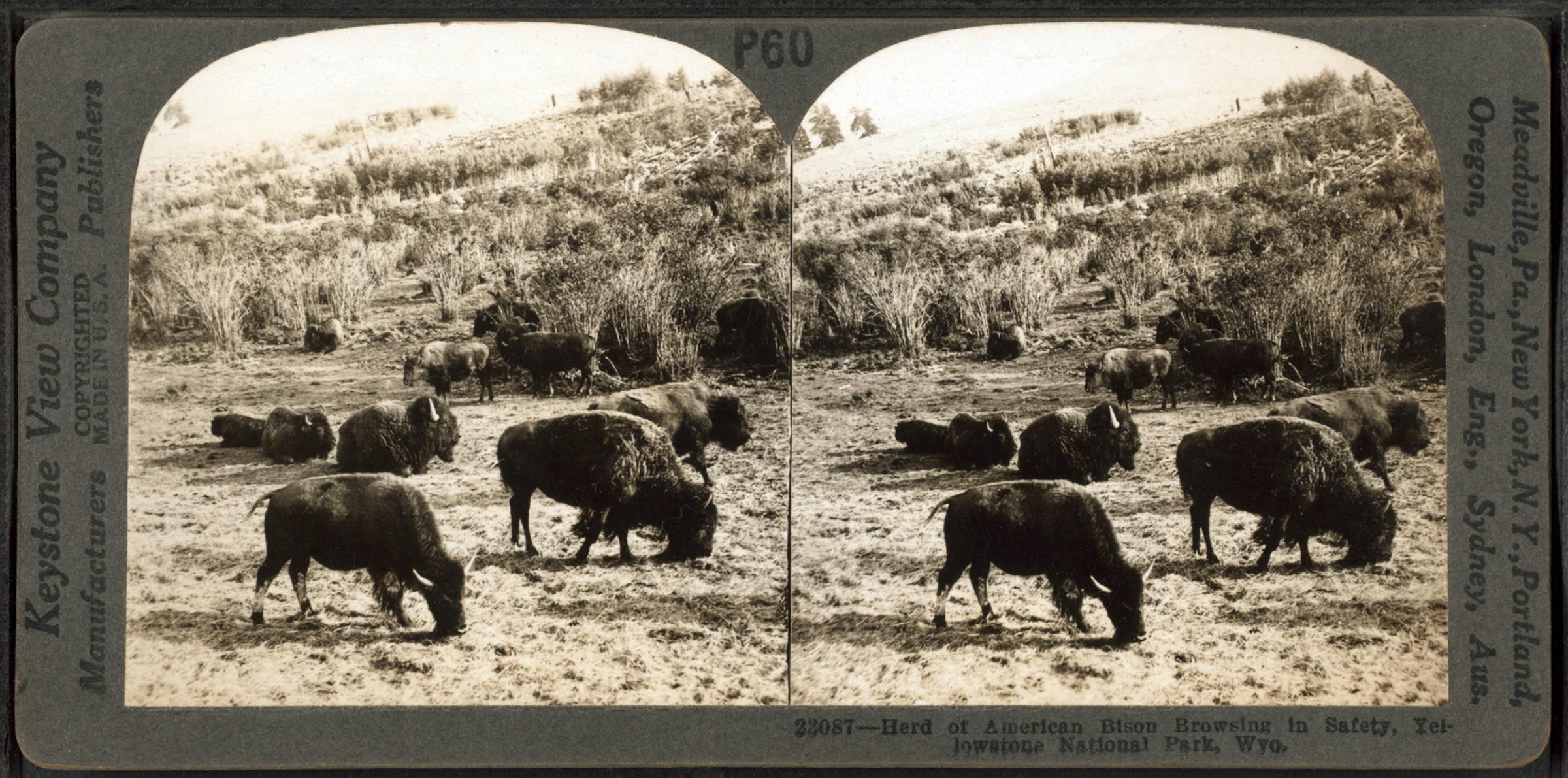
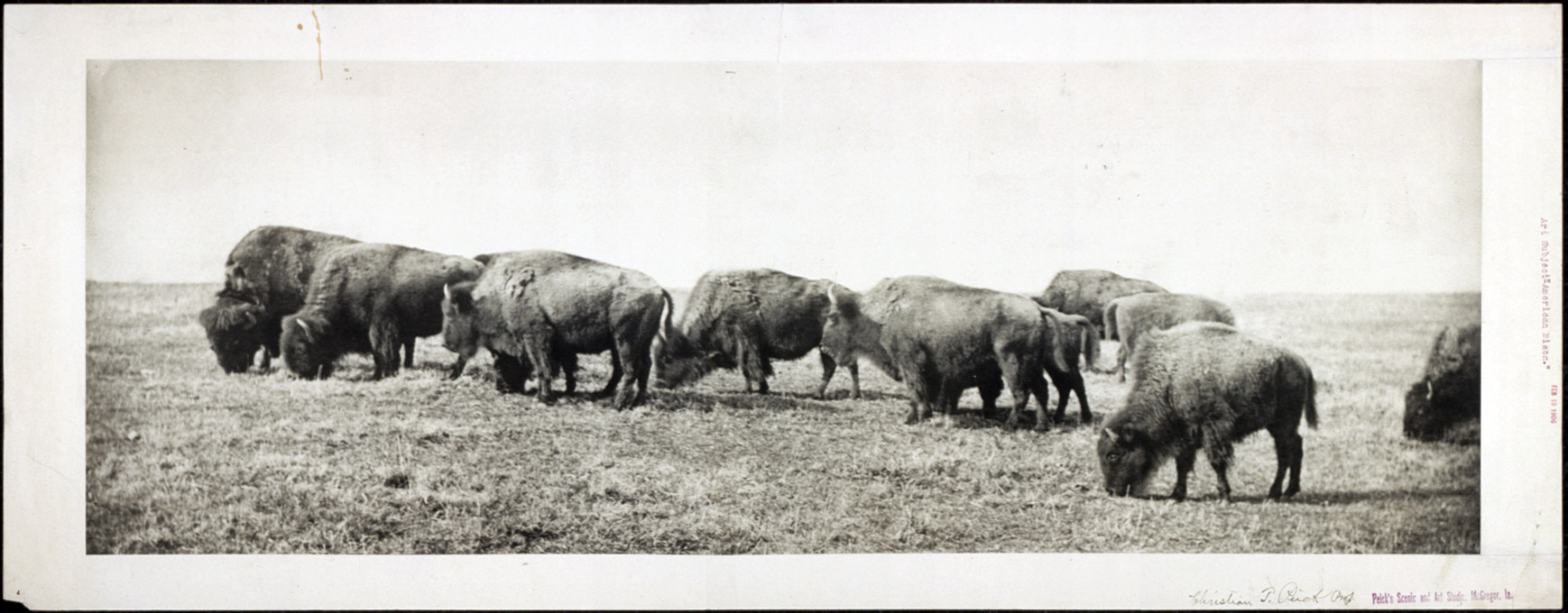
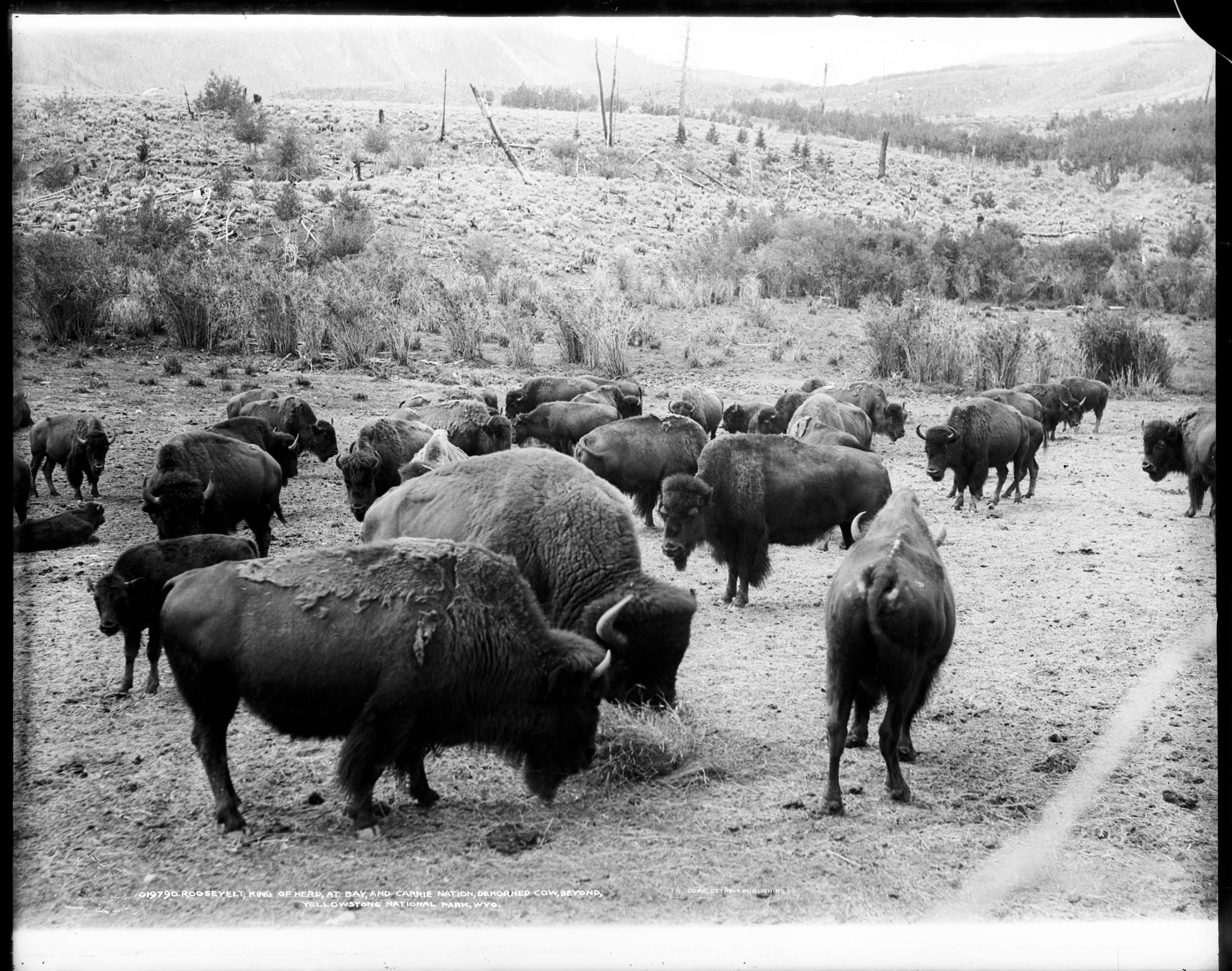
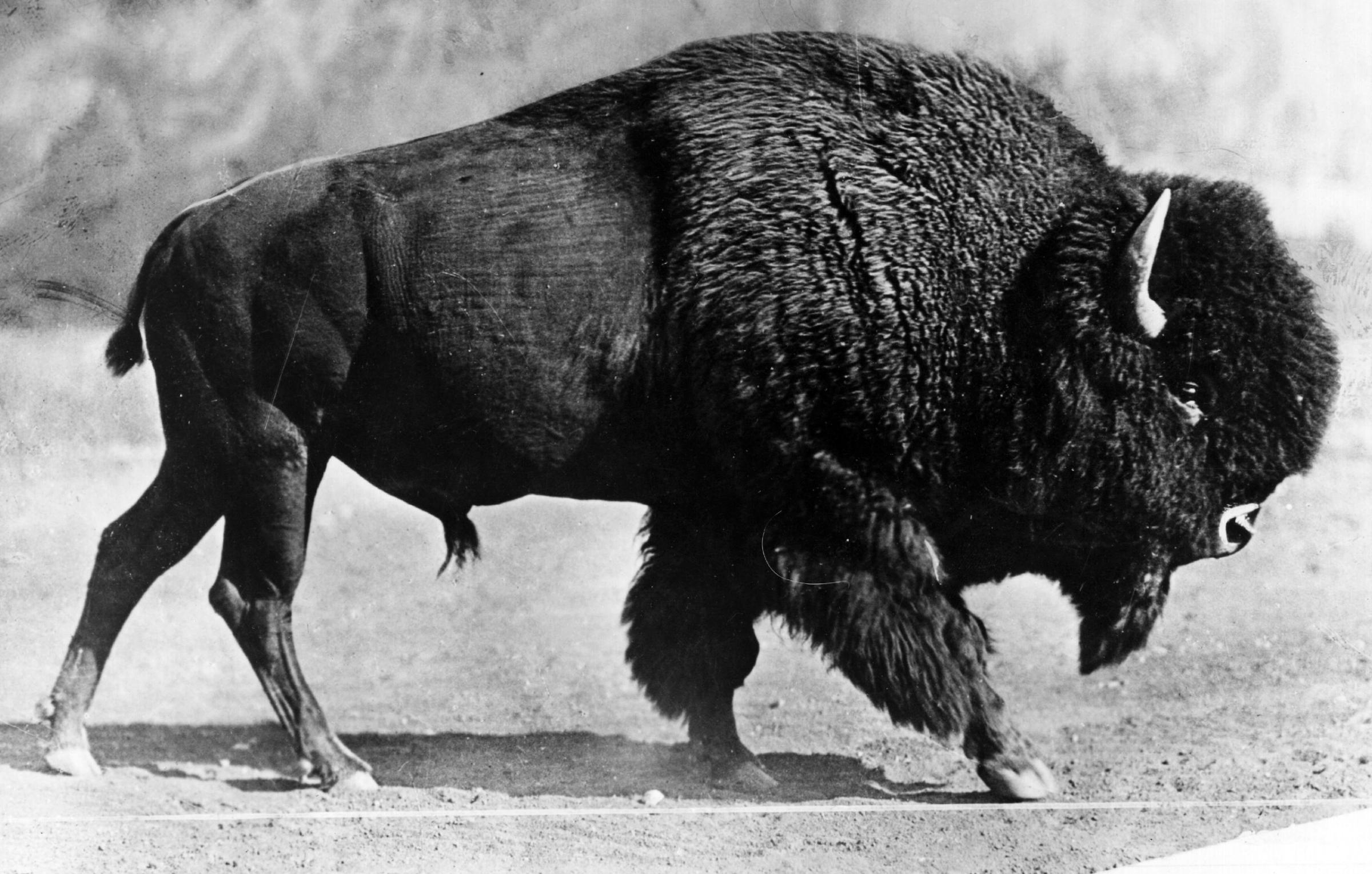
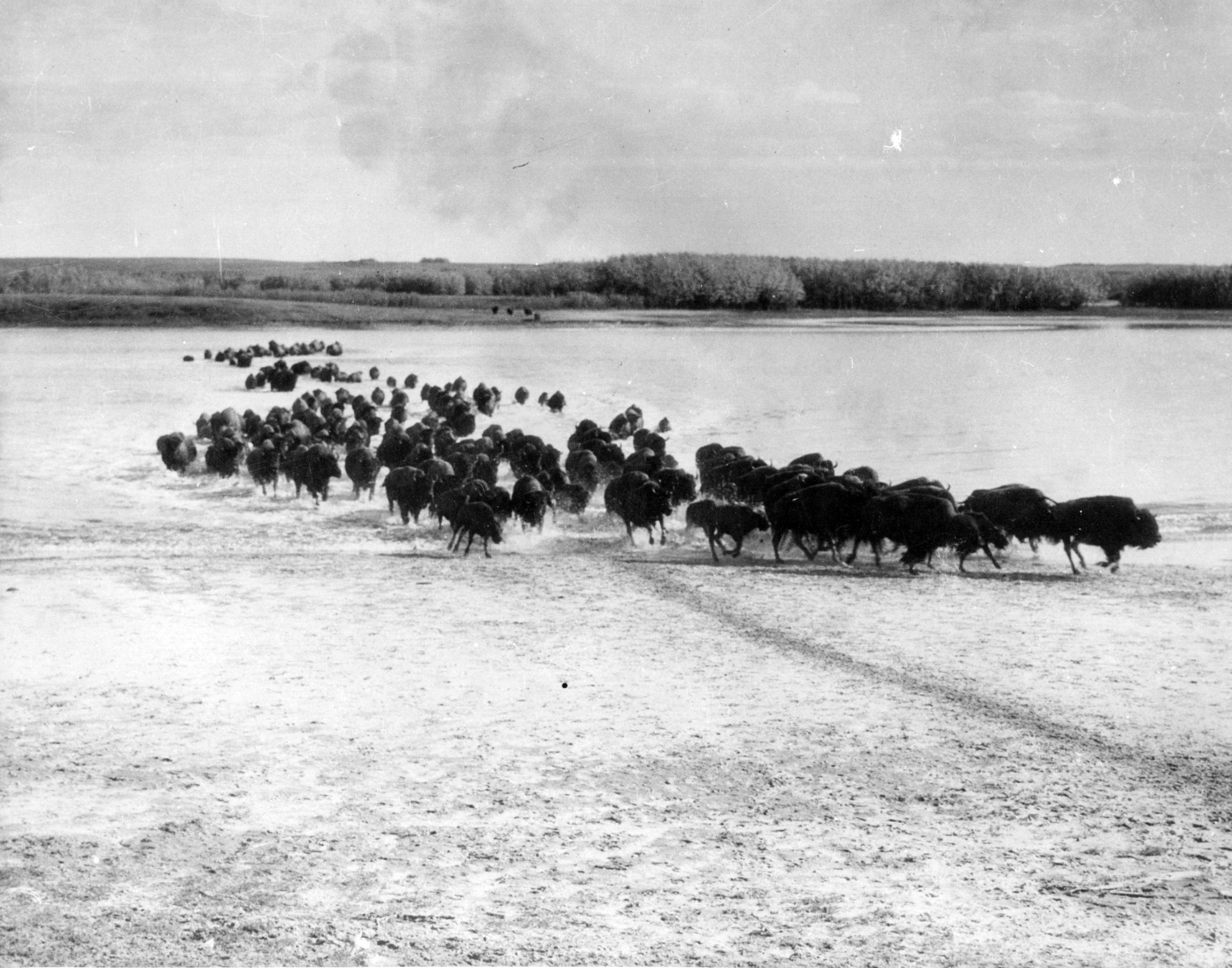
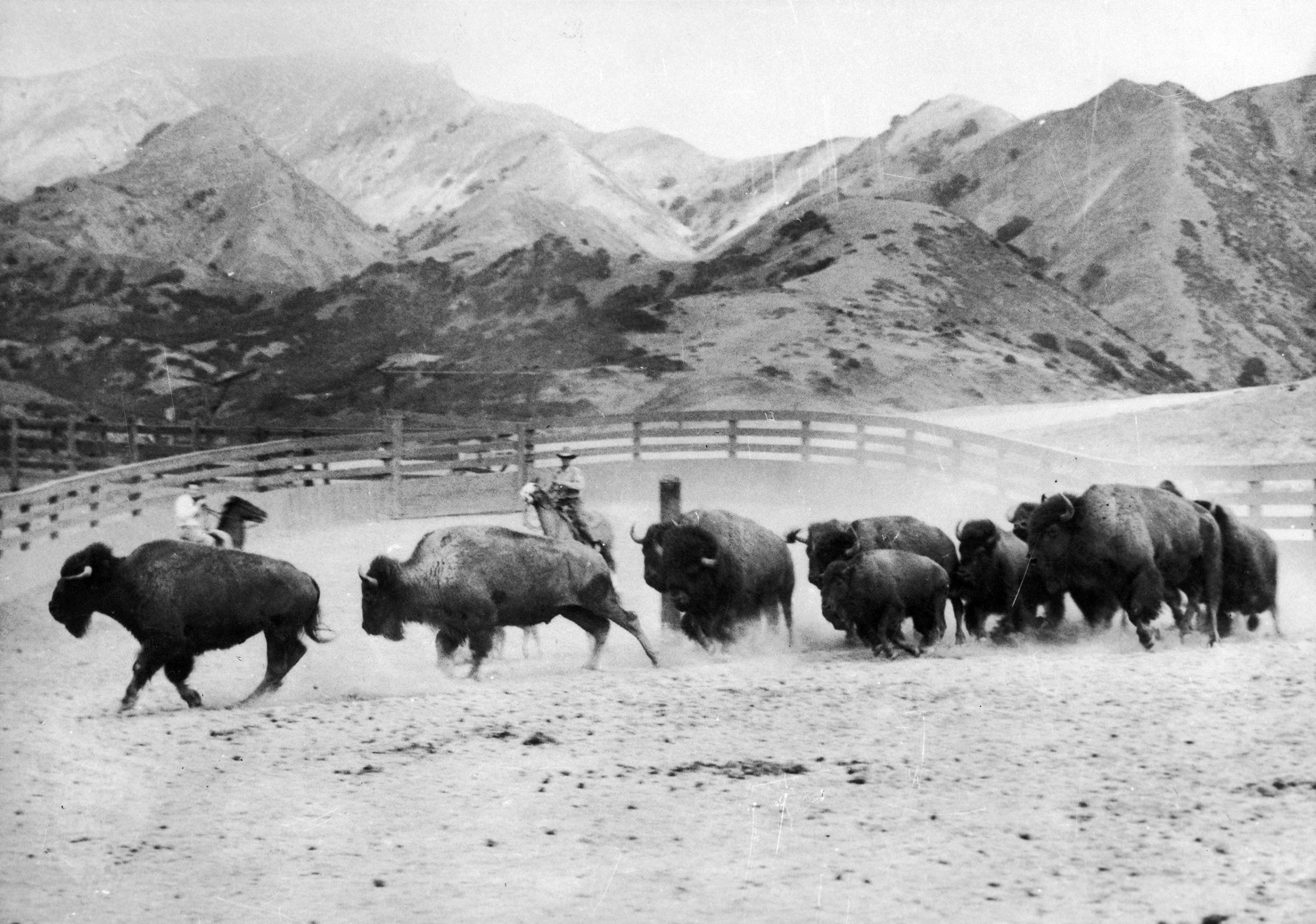
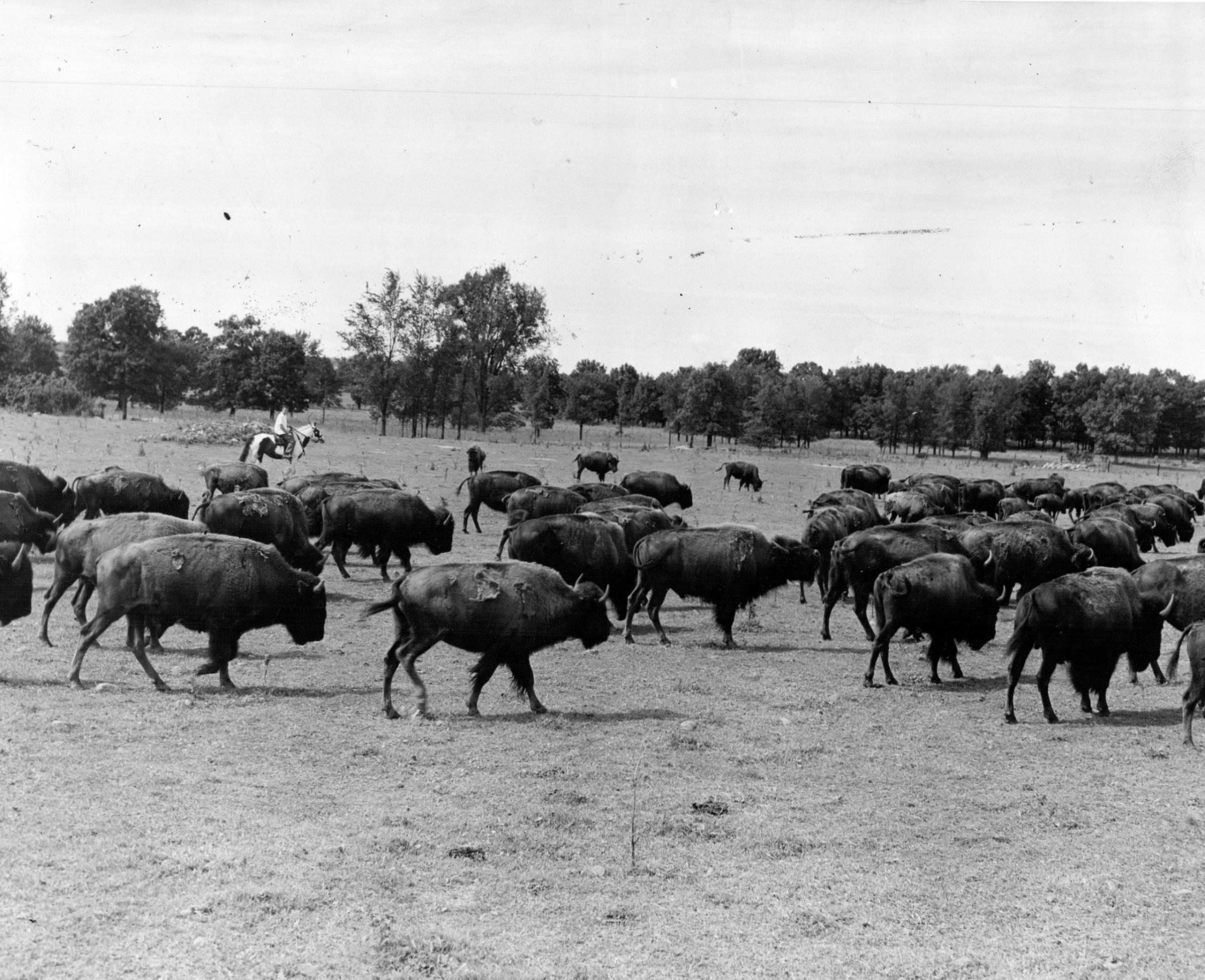

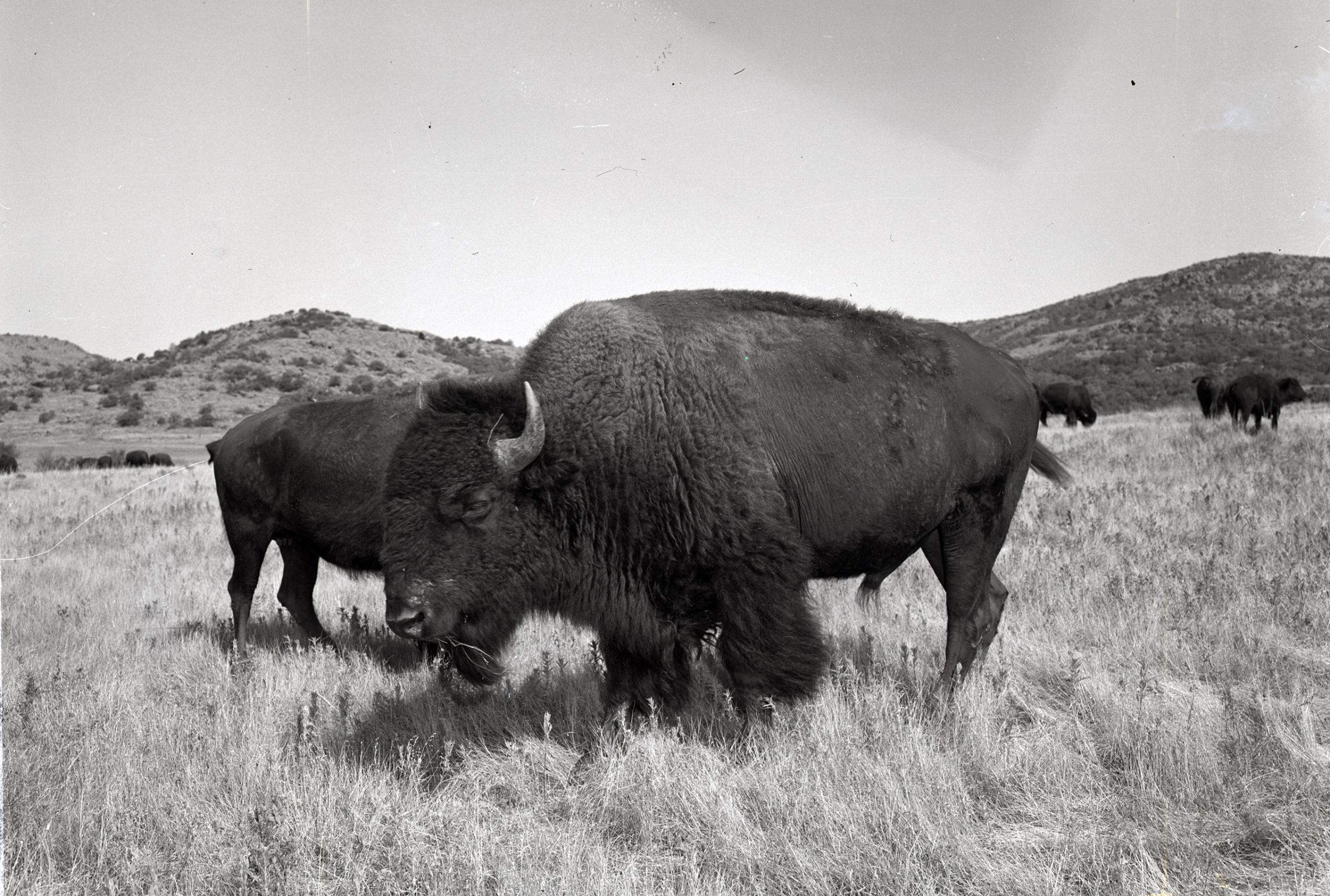

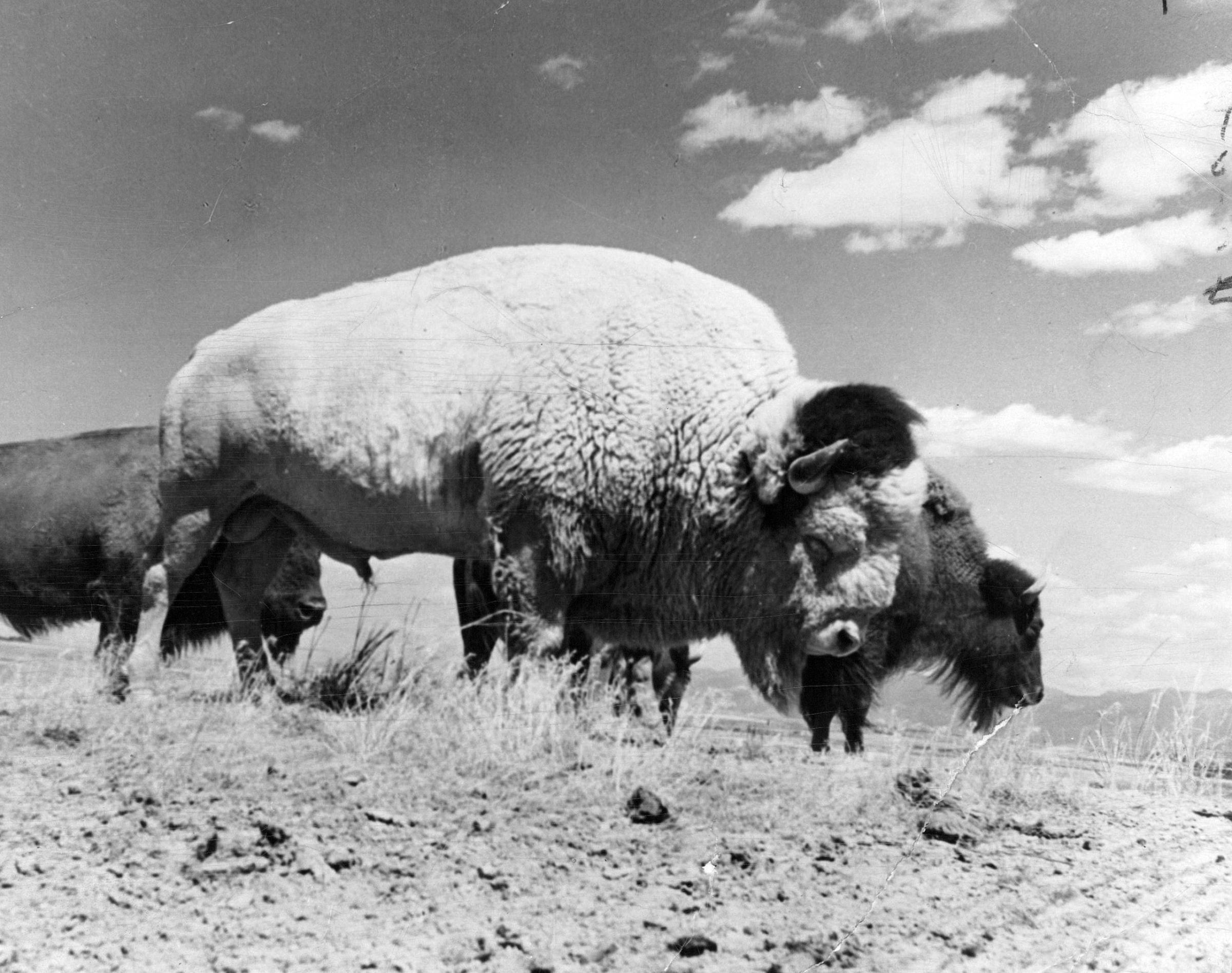
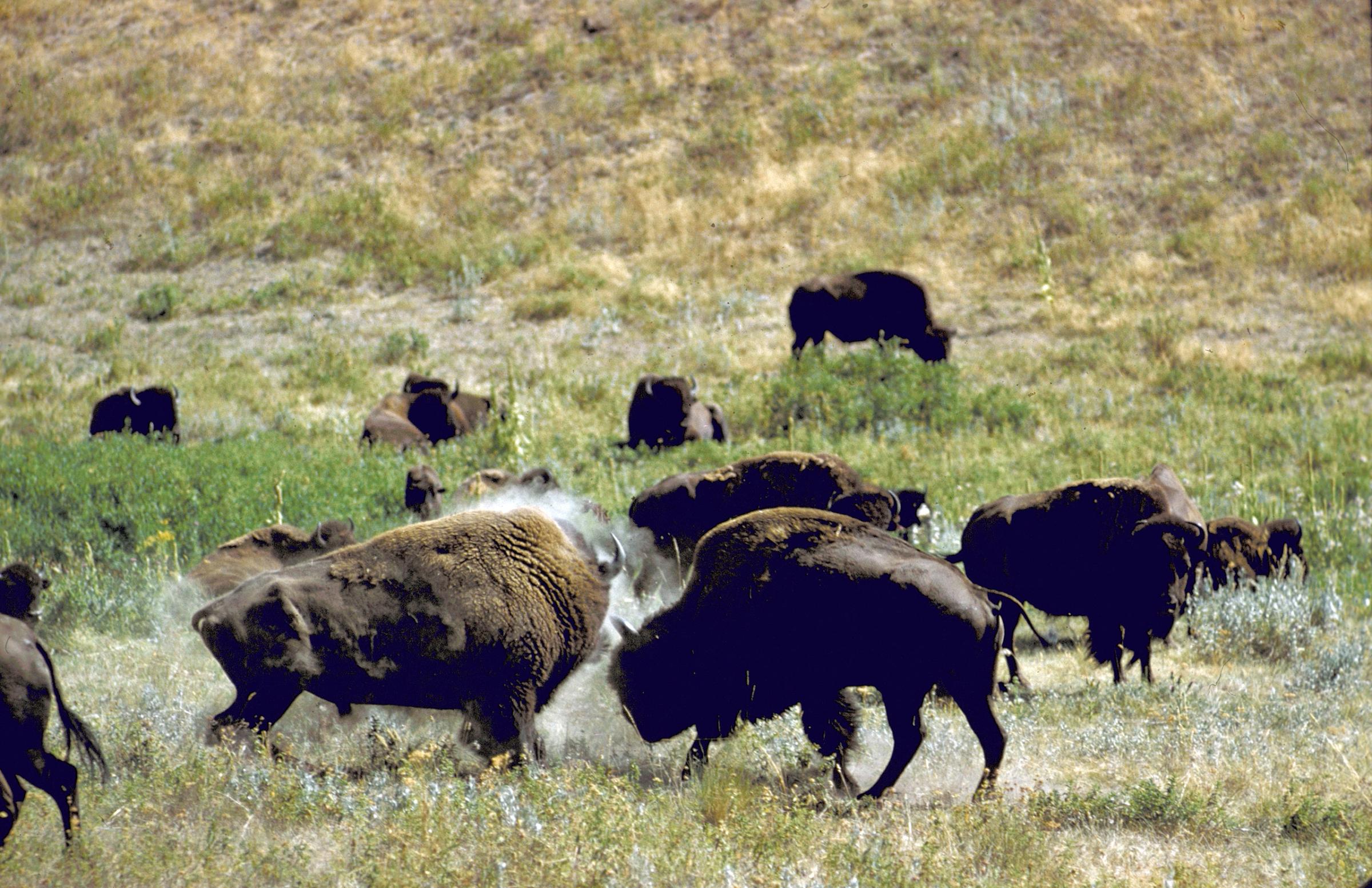
More Must-Reads From TIME
- The 100 Most Influential People of 2024
- The Revolution of Yulia Navalnaya
- 6 Compliments That Land Every Time
- What's the Deal With the Bitcoin Halving?
- If You're Dating Right Now , You're Brave: Column
- The AI That Could Heal a Divided Internet
- Fallout Is a Brilliant Model for the Future of Video Game Adaptations
- Want Weekly Recs on What to Watch, Read, and More? Sign Up for Worth Your Time
Write to Olivia B. Waxman at olivia.waxman@time.com